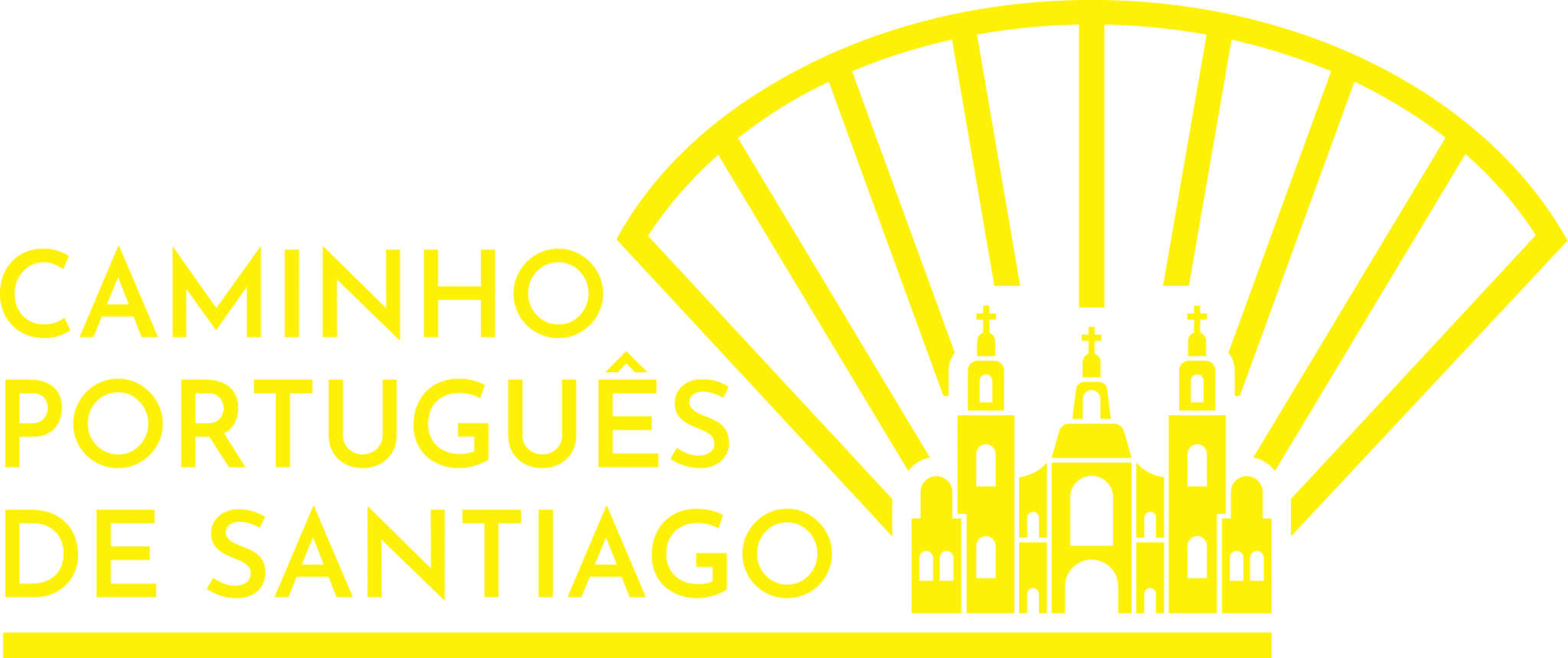

Subscreve a nossa Newsletter e recebe gratuitamente a Checklist do Caminho de Santiago para te preparares para aventura da tua vida!
In the stage Póvoa do Varzim – Marinhas, we will be very close to the sea as we leave Póvoa de Varzim, and we will continue this way for a significant part of the route. Once again, we need to pay close attention to the wind and the proximity to the sea, as it increases the likelihood of ‘sunburns’.
We also have iconic moments in this stage of the Way to Santiago from the Coast such as the photogenic Apulia mills that deserve a moment to be observed.
To leave Póvoa de Varzim we just have to look at the beach and follow the big wall leaning against the Atlantic Ocean. By this time, in less touristic areas and where nature doesn’t have (so much) human influence, the wooden walkway returns to help us in the crossing.
Praia de Santo André is a landmark for welcoming pilgrims. Here, besides the inhabitants, weekend hikers, strolling unknowingly along one of the paths of Santiago, there are cafes and other facilities. We also have a repository of shells left here by pilgrims. We leave a suggestion for you to deposit yours here as well.
The 5 mills are now cultural heritage, however, not so long ago they were a working space. Taking advantage of the strong winds, the population turned nature into bread. Today it is one of the most recognizable landscapes of the Way.
Just before Esposende we have Fão. A village with the historical center of a charming and natural beauty of those who have been standing for at least 5 centuries. This is where we cross the pedestrian bridge to the main town, so it is the perfect place to have lunch and rest a bit.
Charming Marinhas is stuck in the middle of a road. However, as you drive through, you get the (real) feeling that you are entering one of the many villages of Portugal. Here we recommend a stay at the municipal hostel, hidden among the small houses and in a large green space lost in the middle of the Portuguese countryside.
In principle, no! The yellow arrows are clearly marked on the ground. If you’re in any doubt, just look around and see which direction the other walkers are heading. Another idea is to ask someone how to get to the Carvalhido church.
Incidents tend to be minimal and many people make the journey alone. However, safety can be subjective. Many hikers do the route, so if you’re afraid you can always ask for help.
This is the most urban stage of the Portuguese route. At the entrance to Vairão, the difference in the natural landscape is remarkable.
